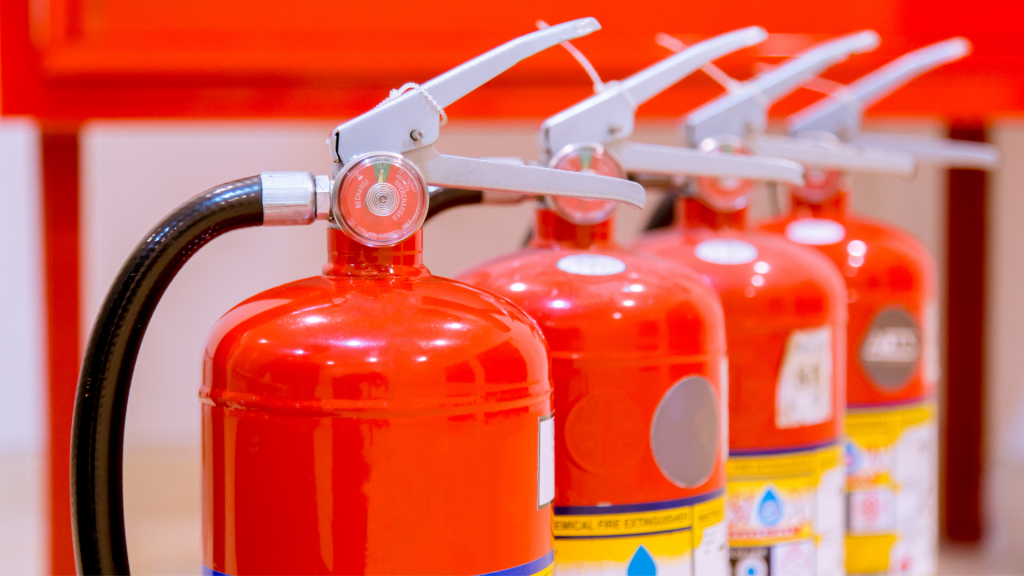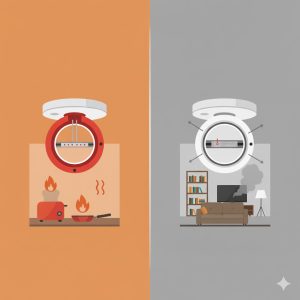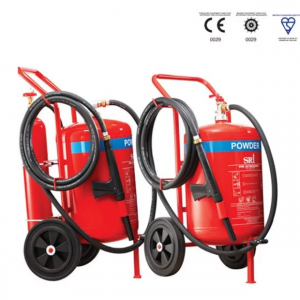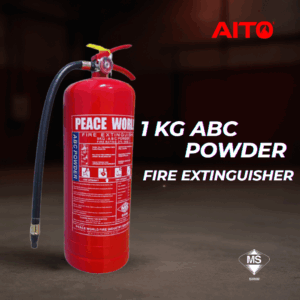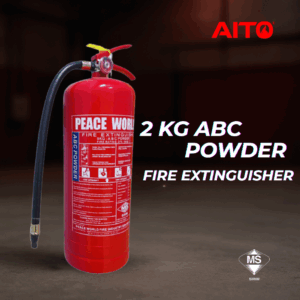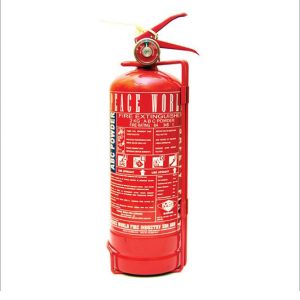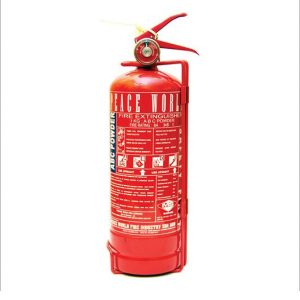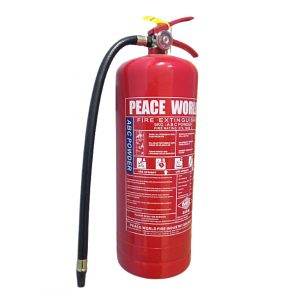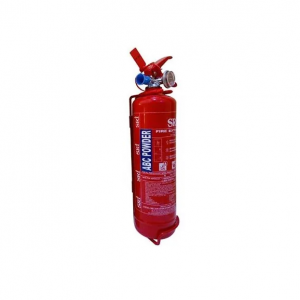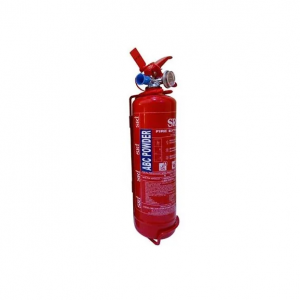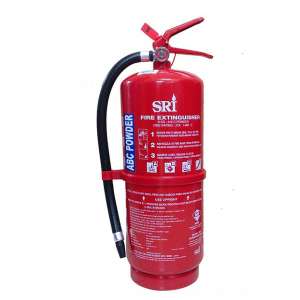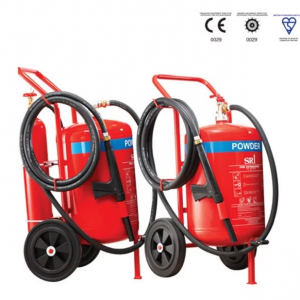Specialized Fire Extinguishers: Beyond the Standard Uses
When it comes to fire safety, a standard fire extinguisher is often the first line of defense. However, there are specific situations where these standard models may not be sufficient. In this article, we’ll explore specialized fire extinguishers uses to tackle unique hazards, ensuring you’re prepared for any emergency.
Understanding the Limitations of Standard Fire Extinguishers
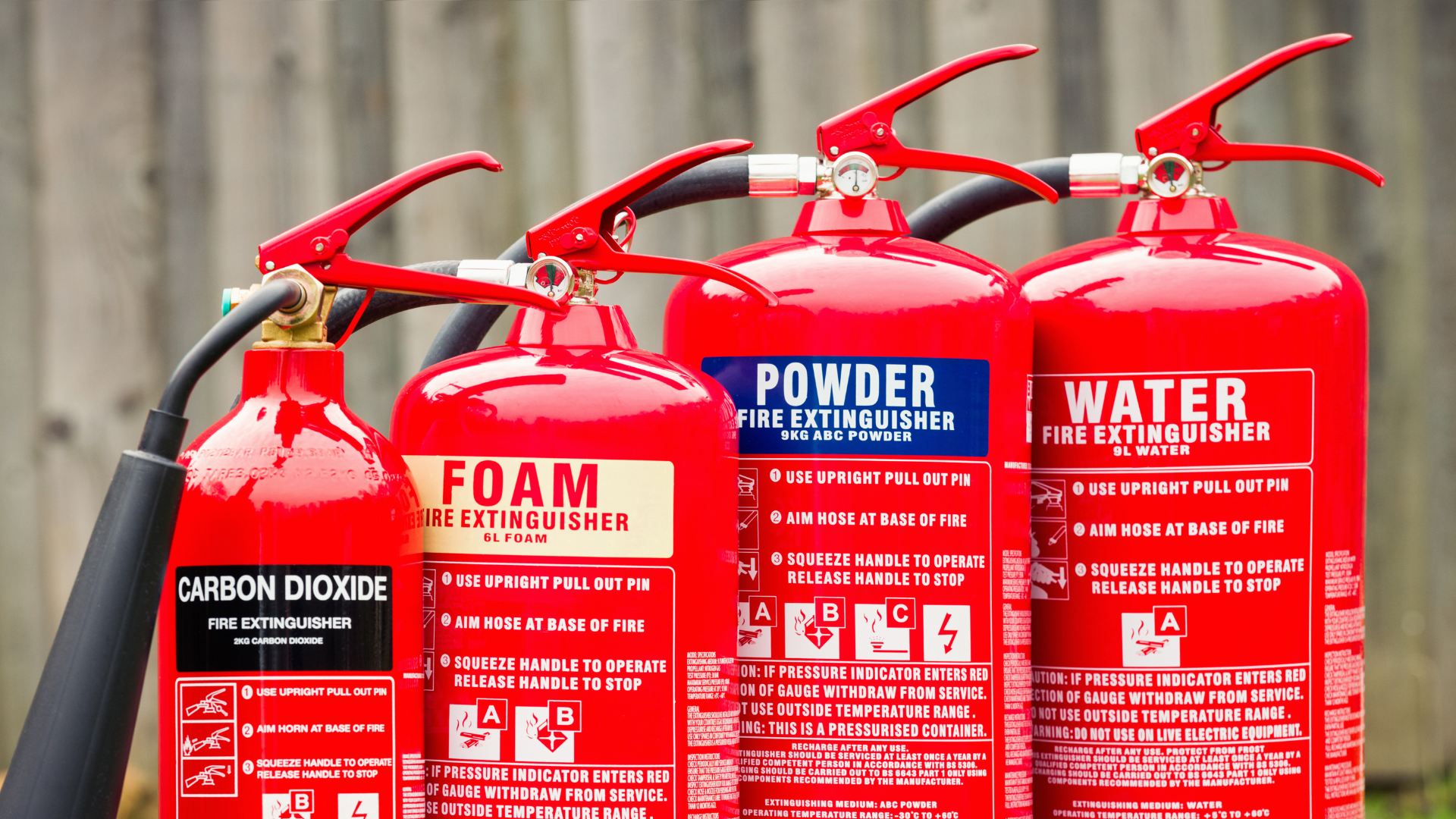
Standard fire extinguishers, such as those classified as ABC, are versatile and can handle a range of fire types. However, in specialized environments like industrial facilities, commercial kitchens, or areas with high electrical hazards, these extinguishers may not be sufficient. Using the wrong type of extinguisher can be ineffective and even dangerous, leading to greater property damage or posing a risk to human safety.
Why Specialized Fire Extinguisher Are Necessary
1. Industrial Settings
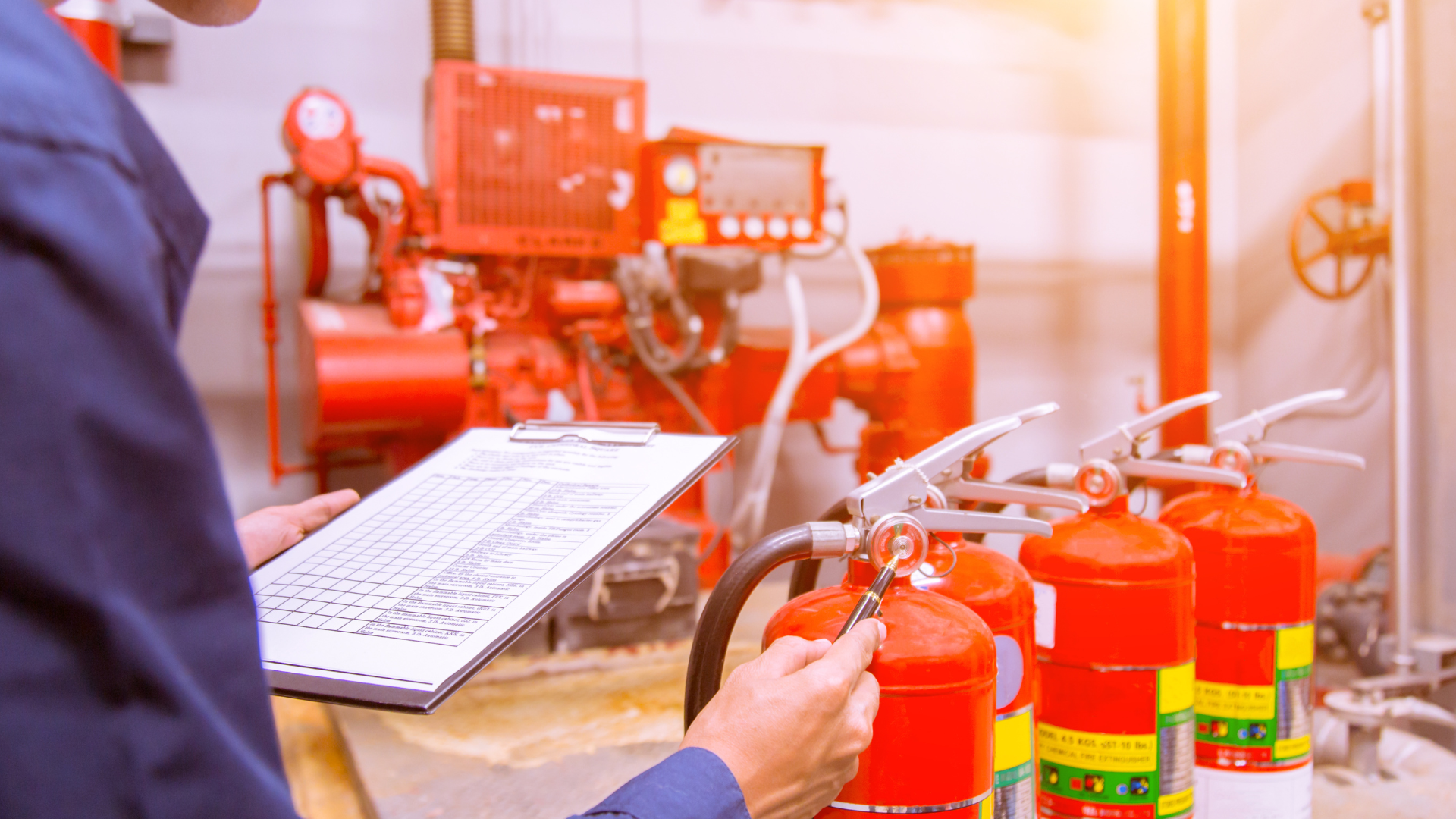
In industrial settings, fires can often involve highly flammable materials or chemicals. Standard fire extinguishers may not have the capacity to extinguish these types of fires effectively. This is where specialized extinguishers, such as CO2 or foam extinguishers, come into play. These types of extinguishers are designed to smother fires involving flammable liquids or gases, providing a more targeted and effective approach to fire suppression.
| Class B Fires | Involve flammable liquids like gasoline, oil, and grease. Standard dry chemical extinguishers can be effective, but for larger or more intense Class B fires, foam extinguishers are recommended. Foam creates a barrier that smothers the flames and prevents reignition. |
| Class D Fires | Involve combustible metals like magnesium, sodium, and potassium. They require specialized dry powder extinguishers that can cool the metal and prevent it from reacting further with oxygen. |
2. Kitchen Environments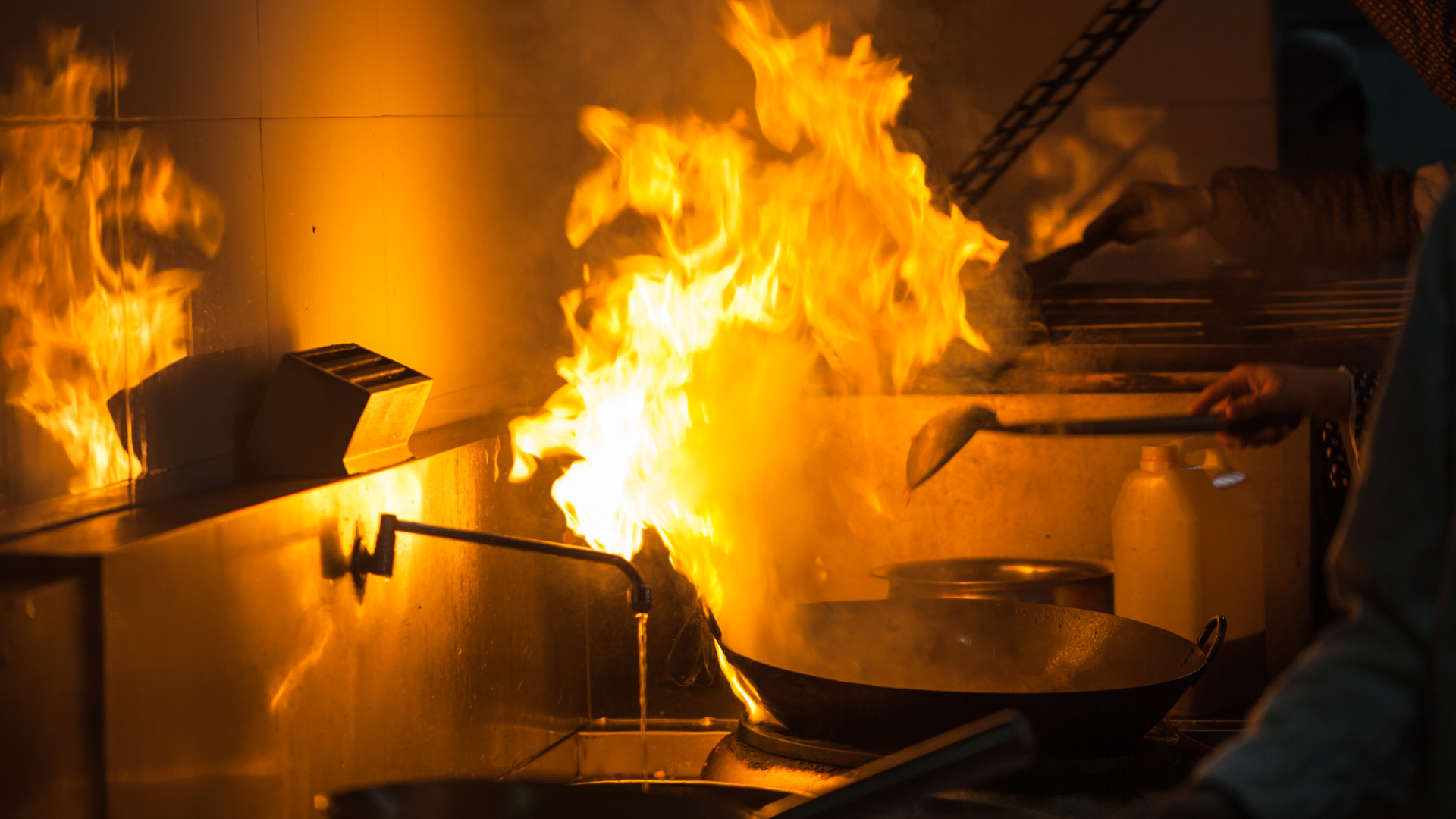
Kitchens are another area where standard fire extinguishers may not be sufficient. Cooking oils and grease fires are common in kitchens and can be challenging to extinguish with a standard extinguisher. Wet chemical extinguishers are specifically designed for use in kitchen environments, as they are able to cool the fire and create a barrier between the fuel and the oxygen, effectively putting out the flames.
| Class K Fires | Involve cooking oils and fats. Standard dry chemical extinguishers can be ineffective and may even spread the flames. Wet chemical extinguishers are specifically designed to saponify the oil, creating a soapy substance that smothers the fire. |
3. High Electrical Hazard Areas
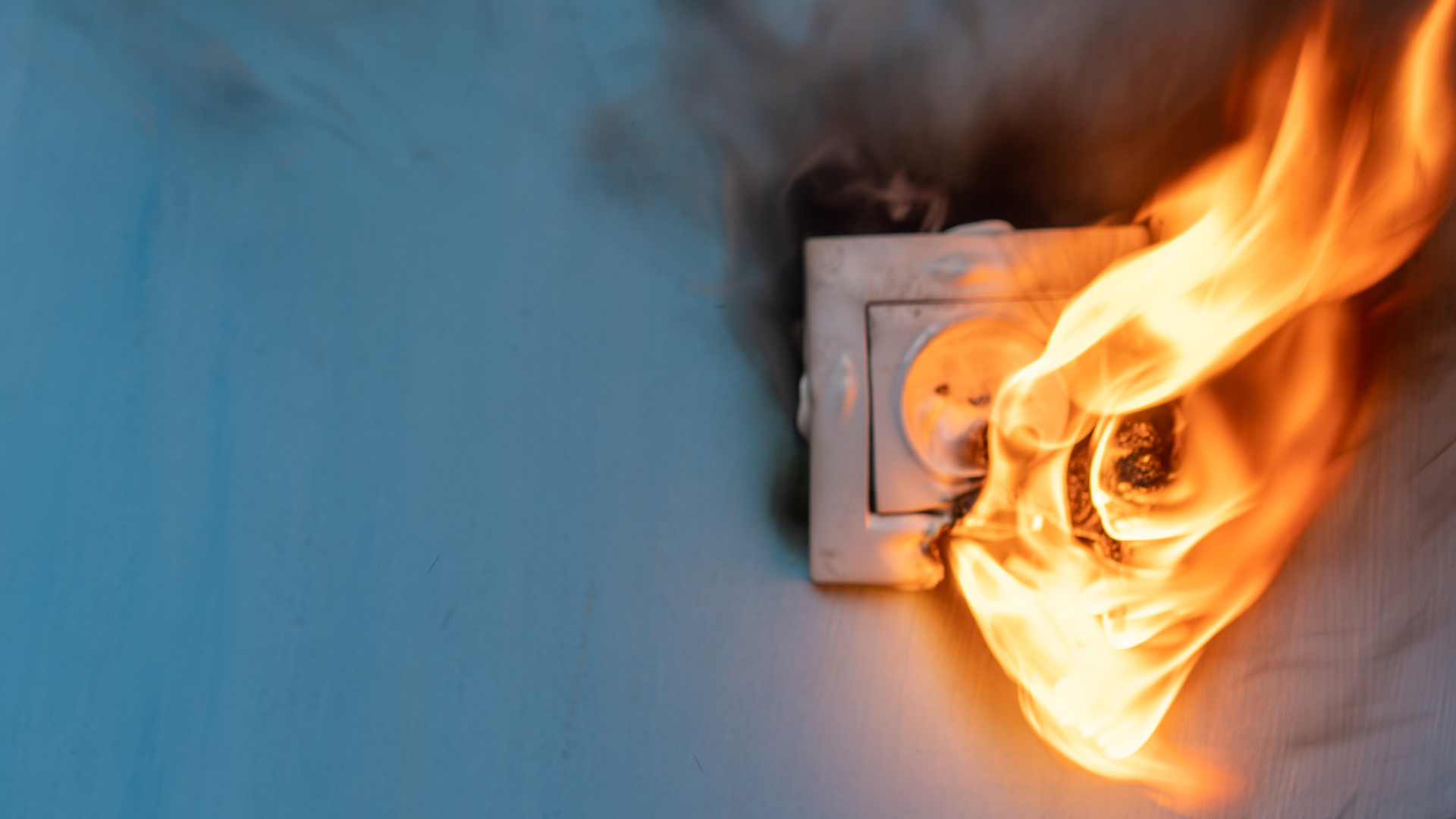
Fires involving electrical equipment present a unique challenge, as using water-based extinguishers can pose a risk of electrical shock. CO2 extinguishers are the go-to option for extinguishing electrical fires, as they displace oxygen and smother the fire without conducting electricity. This specialized approach is essential in areas with a high risk of electrical fires.
| Class C Fires | Involve energized electrical equipment. Standard dry chemical extinguishers are suitable for Class C fires as they do not conduct electricity. However, it's crucial to de-energize the equipment before extinguishing the fire if possible. |
Types of Specialized Extinguisher
Let’s explore some common specialized fire extinguishers and the environments where they are most effective:
1. CO2 (Carbon Dioxide) Fire Extinguishers
| Best For | Electrical fires & flammable liquids |
| How it Works | CO2 extinguishers work by displacing oxygen, which is necessary for the fire to burn, and by cooling the flames. They are ideal for fires involving electrical equipment, as CO2 does not leave a residue that could damage sensitive equipment |
| Limitations | CO2 extinguishers have limited range and may not be suitable for other types of fires, such as those involving combustible metals. |
2. Foam Fire Extinguishers
| Best For | Flammable liquids, such as petrol, diesel, and oils |
| How It Works | Foam extinguishers create a barrier on the surface of flammable liquids, preventing oxygen from fueling the fire. This makes them particularly useful in garages, workshops, and industrial sites |
| Limitations | Foam extinguishers are less effective on solid materials like wood or paper and should not be used on electrical fires |
3. Wet Chemical Fire Extinguishers
| Best For | Fires involving cooking oils and fats (Class F fires) |
| How It Works | Wet chemical extinguishers release a fine mist that cools the flames and creates a barrier between the fuel and the oxygen. This is particularly crucial in commercial kitchens where deep fat fryers and other high-temperature cooking equipment are used |
| Limitation | wet chemical extinguishers are not versatile and should not be used for other types of fires |
4. Dry Powder Fire Extinguishers
| Best For | Versatile use across Class A, B, C fires, including flammable gases and metals |
| How It Works | Dry powder extinguishers work by creating a barrier between the fuel and the oxygen. They are effective on various fire types, making them suitable for environments with diverse risks |
| Limitations | Dry powder can be messy and can impair visibility, which might be problematic in enclosed spaces |
5. Water Mist Fire Extinguishers
| Best For | Versatile use, especially effective in healthcare environments |
| How It Works | Water mist extinguishers use fine water droplets to cool the fire and reduce oxygen levels. The mist is non-toxic and safe for use in sensitive areas like hospitals |
| Limitations | Not suitable for fires involving flammable liquids or electrical fires |
Determining When a Specialized Extinguisher Is Needed
Assessing the environment and potential fire risks is key to determining when a specialized fire extinguisher is necessary. Conducting a fire risk assessment helps in identifying the types of materials present, the likelihood of a fire, and the best extinguishing agent to use.
In industrial settings, for example, the presence of flammable liquids or metals might necessitate dry powder or foam extinguishers. In a commercial kitchen, a wet chemical extinguisher is indispensable for safely handling grease fires.
Maintenance and Training: Ensuring Preparedness
Having the right fire extinguisher is only half the battle. Regular maintenance is essential to ensure that extinguishers are in working order. This includes checking pressure gauges, ensuring seals are intact, and inspecting the extinguisher for any signs of damage.
Equally important is training. Employees should be familiar with the types of extinguishers available and know how to use them effectively. Misuse or hesitation during an emergency can have dire consequences.
Protect Your Space with the Right Fire Extinguisher
Don’t leave safety to chance. Ensure your environment is equipped with the appropriate fire extinguishers tailored to your specific needs. Whether you’re safeguarding an industrial site, commercial kitchen, or high-risk area, AITO FIREWORK has the expertise and products you need. Contact us today to consult with our fire safety experts and find the perfect solution for your unique requirements.
Your safety is our mission- Let’s achieve it together!
Stay prepared. Stay safe. Visit our Fire Extinguisher Solutions or Contact Us now!

